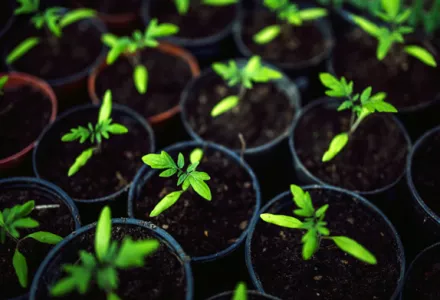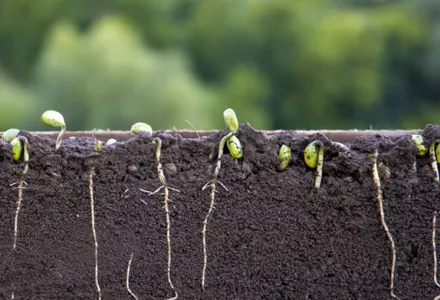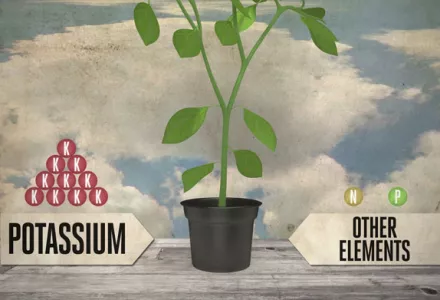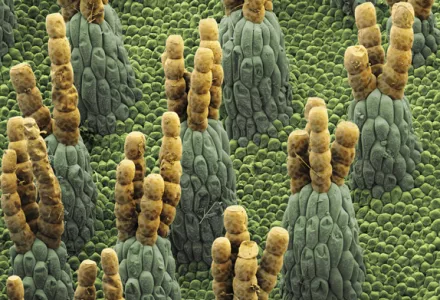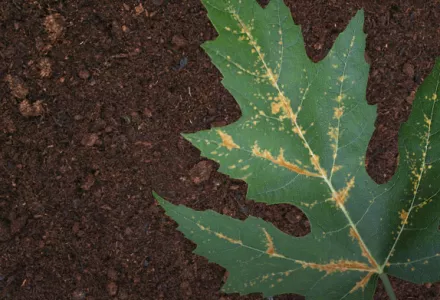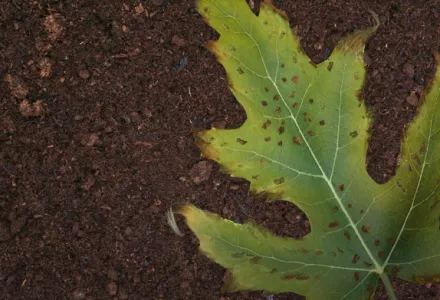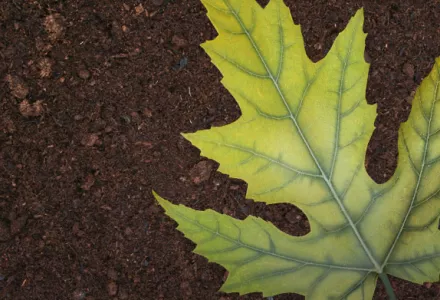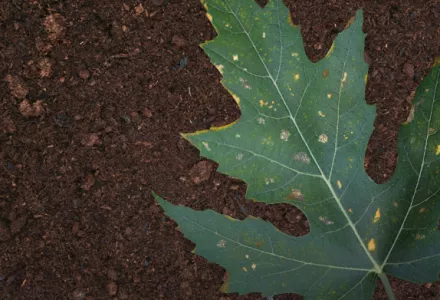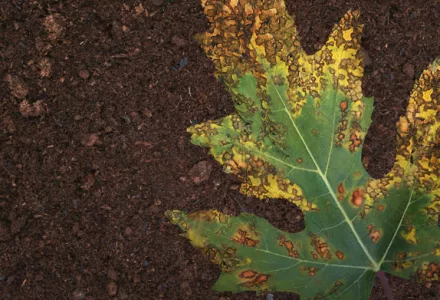Many growers have seen plant symptoms that they classified as a nutrient deficiency, anything unusual from yellowing of the leaves to brown necrotic spots or reduced growth. some will have experienced that adding more nutrients is often not a solution for these symptoms…
Setting up a suitable cultivation strategy and a good nutrient balance is a prerequisite for a successful yield. But what determines a good nutrient balance? Which external factors play a key role here?
To better understand this, we will first highlight the different essential nutrients and how these behave in the soil or rhizosphere (the space where roots grow and nutrients are taken up by the plant) and how the plant can take up the different nutrients. Then we will focus on the function of the essential nutrients and how deficiency symptoms can be recognized.
The final part of this article will focus on how deficiency symptoms arise. As we will see, many problems are caused by soil or substrate imbalance. In this article we will discuss most of these aspects and how we can solve them.
Mineral plant nutrition
Plants need the right combination of nutrients for growth, and as an external supply for its internal metabolism. Plant nutrients or nutritional elements can be any mineral taken up by the plant. In 1972, Epstein defined two criteria for such an element to be essential for plant growth. The first criterion is; in its absence the plant is unable to complete a normal life cycle. And the second is that the element is part of some essential plant constituent or metabolite.
Plant nutrition is not only essential for plant growth and survival, but a balanced nutrient solution also aids for maximizing the yield, improving crop quality and the nutritional value of the plant itself (for example for human nutrition).
The importance of a nutrient depends on the crop species and crop variety. But as we will see, the abundance of other nutrients also plays a key role.
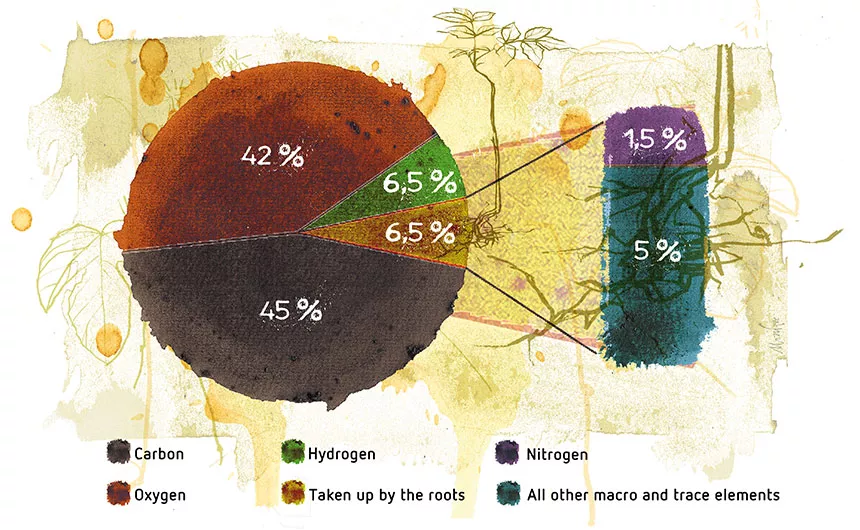
Classification of elements
Several classification methods have been proposed to sort the elements. Arnon and Stout proposed three criteria to consider if an element is essential for plants in the late 1930s. The first criterion is that a deficiency of the element should make it impossible for the plant to complete a normal life cycle. Secondly, the deficiency should be specific for the element in question. And finally, the element is directly involved in the nutrition of the plant, for example, as a constitute of an essential metabolite or required for the function of an enzyme system.
These criteria are described in further detail by Epstein (2005), who stated that an element should also be considered essential if the plant can be so severely deprived of the element that it exhibits abnormalities in its growth, development, or reproduction. That is, its ‘performance’ in comparison with plants not so deprived.
A completely different way of classifying the nutrients is by abundance in the plant (see figure 1) or by the amount the plants needs them. More than 93% of the plant biomass consists of carbon, hydrogen and oxygen. The remainder includes all other nutrients, which can be divided into two groups. Elements required in large quantities are called macronutrients or macro elements. These include nitrogen, potassium, phosphorus, calcium, magnesium and sulphur. Micronutrients or trace elements are the elements which are required in very low quantities. Iron, copper, manganese, molybdenum, boron and zinc are examples of elements required in minimum amounts yet essential for plant growth and development.
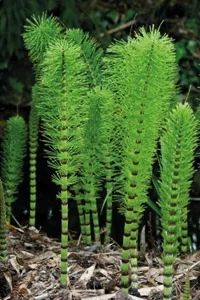
Some elements are not essential for plant growth or reproduction but may certainly be beneficial for plant growth. Silicon is an example of such a non-essential element. Only members of the Equisetaceae family (scouring rushes, see figure 3) require silicon for completing their life cycle. In other words: it is essential for the survival or reproduction of the plant.
For other crops such as tomato, cucumber and strawberries it is known that silicon accumulates in substantial amounts in plant tissue enhancing growth and stability (Woolley, 1957; Miyake & Takahashi, 1985). For rice it has been demonstrated that extra silicate supply during the reproductive stage was most important for plant growth (Ma et al., 1989).
Cobalt has recently been established as an essential element for nitrogen fixing micro-organisms. And as such may be essential for plant survival under nitrogen limitation where the plants depend on these symbiotic interactions. Natural levels of cobalt exist in both mineral and organic fertilizers. CANNA nutrients contain enough cobalt which reduces the chance of a cobalt (nutrient) deficiency to a minimum.
Sodium and chloride are often considered unwanted or even toxic elements. Tap water is the usual suspect when it comes to excess or toxic sodium or chloride levels. Toxic by means that these two elements affect potassium and nitrate uptake respectively, which may result in potassium and nitrate deficiency symptoms as we will see in the next paragraph. Sodium and chloride, if essential to commercial crops, would be required in a very low concentration and therefore considered a trace element. It appears to be present in enzyme complexes involved in carbon fixation.
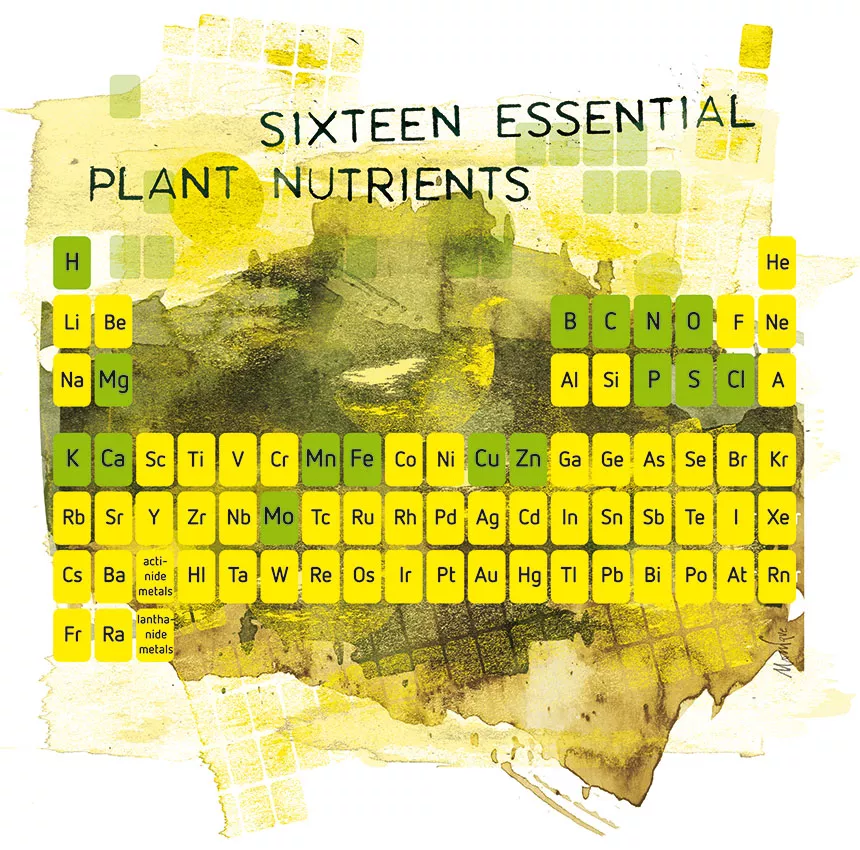
The role of essential elements in plant growth and development
Nitrogen
Nitrogen (N) is mainly absorbed as nitrate (NO3-) and ammonium (NH4+). Under little circumstances organic nitrogen compounds such as amino acids are taken up by the plant. Nitrogen is about 0.3-5.0% of the plants total dry matter. Relatively most nitrogen can be found in young tissue still under development such as meristems and young leaves, decreasing towards maturity. The least nitrogen is found in senescent tissue. Being an important component of many essential components such as nuclear acids, proteins, enzymes, lipids, chlorophyll, phytochromes, plant hormones and vitamins it is evident that nitrogen is essential for plant growth and survival.
Potassium
Potassium (K) in the plant only exist in the cation form (K+) and concentrates in plant parts with higher metabolic activity. Potassium is about 1-5% of the plants dry weight. Potassium is used by the plant for regulation of the water balance (osmosis, stomata and transpiration), activation of enzymes (pyruvate kinase, glutationine synthesases, starch synthase etc), increasing resistance (pests and diseases), for synthesis of polysaccharose and proteins, for sugar transport (potassium as a counter ion of H+ participates in sugar loading) and for energy metabolism (oxidative phosphorylation and photophosphorylation).
Phosphorus
Phosphorus (P) is absorbed mainly as dihydrogen phosphate (H2PO4-). About 0.1-0.5% of the plants dry matter is phosphorus. It is a component in nuclear acids, lipids, co-enzymes and it plays a key role in the energy metabolism (forms adenosine triphosphate, ATP). As such it is part of the metabolism and transportation of sugar, regulates enzyme activities and it participate in protein, fat and starch synthesis.
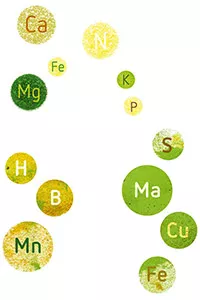
Calcium
Calcium is taken up in its ion form (Ca2+) by passive absorption and represents roughly 0.2-3% of the plant dry matter. More calcium can be found in the older than in the younger plant parts. The function of calcium in the plants’ physiology is cell wall stabilization, activation of some enzymes, stabilization of membranes and osmoregulation.
Magnesium
Magnesium (Mg2+) is about 0.03-0.7% of the total plant dry matter. Magnesium is relatively most abundant in the younger leaves. Although less abundant than the above mentioned nutrients, magnesium is essential for photosynthesis as part of the chlorophyllide molecules, which are the molecules responsible for capturing the light, and as an activator for Rubisco, the enzyme that transports carbon dioxide during sugar synthesis.
Sulfur
Sulfur is taken up as sulfate (SO42-) and is about 0.01- 0.5% of the plants total dry matter. There is more sulfur in the older leaves than in the younger leaves. Sulfur is a component of proteins and bio membranes.
Iron
Iron (Fe) is a co-factor for some enzymes, involved in photosynthesis and nitrogen fixation.
Manganese
Manganese (Mn) is used for oxygen evolution in photosynthesis and enzyme activator. Typical deficiency symptoms are necrotic spots in young leaves.
Boron
Although the precise function of boron (B) in plant metabolism is unclear, evidence suggests that it plays roles in cell elongation, it enhances germination and tuber elongation, it is a component of cell wall and it promotes sugar transport.
Zinc
Many enzymes require zinc (Zn) ions for their activity. It is an activator or component of enzymes and is often involved in enzyme synthesis.
Copper
The function of copper (Cu) is comparable to iron. Being a component of or closely related to enzymes and other proteins it is also involved in electron transport.
Molybdenum
Molybdenum (Mo) enhances plants resistance against viral infections and it is a component of some transport proteins involved in nitrogen fixation.



